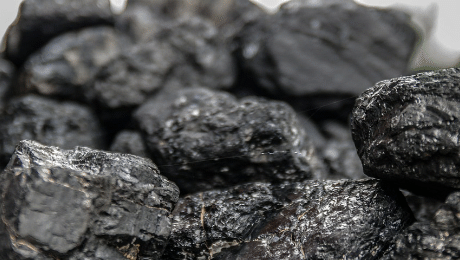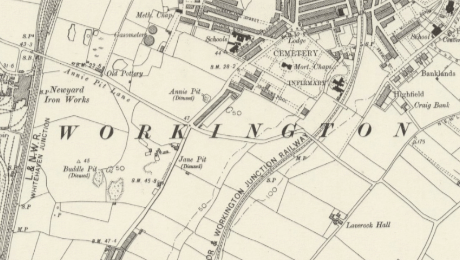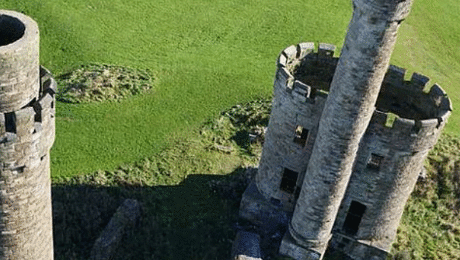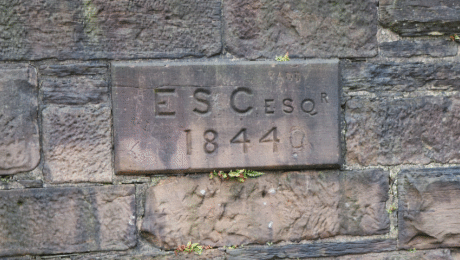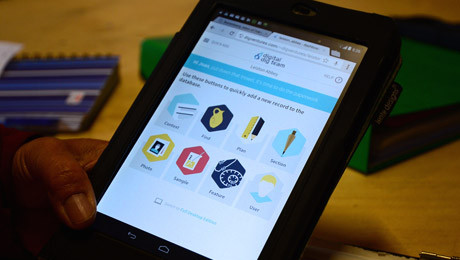From Neolithic Britons to the workforce of the industrial revolution, people have been mining for thousands of years.
Mining is an essential part of the human story: it tells us which materials were important, how people developed technology to extract them, what they were used for, and how society changed in response. From flint and clay to bronze, tin, gold and coal, people have gone to extraordinary lengths to obtain the materials to fuel our societies.
Prehistoric mining
In Britain, the earliest archaeological evidence for mining is around 5,000 years old.
During the Neolithic period (6,300 – 4,000 years ago), people began to mine for materials such as flint and stone to make tools. Grimes Graves, in Norfolk, is one of the earliest examples of flint mining found in the UK; shallow pits as well as shafts up to 13 metres deep were used to exploit the seams of flint. As the Neolithic gave way to the Bronze and Iron Ages, mining for metals became more important, and the growing demand led to the discovery that coal was an essential resource for metalworking.
By the 2nd century AD, during the Roman occupation of Britain, a recognisable coal trade had begun. Coal mined at sites along the North Sea was traded across Britain, and there is evidence that trade extended into mainland Europe. In addition to metalworking, coal was used to heat public baths, the houses of wealthy individuals, and stores have even been found at forts along Hadrian’s Wall.
Coal mining before the 18th century
Records of coal usage in Britain stop abruptly when the Romans retreated in the early 5th century, with evidence of a coal trade finally visible again around AD 1215, in some areas of Scotland and north-east England. The coal traded from these areas was sea coal from the exposed seams along the coast, which was used in lime burning, metal work and smelting. By the 14th century, domestic use of coal had increased thanks to improvements in the design of hearths, which allowed safer burning in the home.
The steady increase continued into the 16th and 17th centuries, and as the demand for coal grew, a number of cutting-edge techniques were developed for more efficient extraction. Mining engineers developed innovative ways to find suitable deposits, such as test boring. Chain pumps powered by water wheels also came into use to drain collieries.
The Industrial Revolution and beyond
By the late 18th century, coal had become the engine of Britain’s Industrial Revolution. Towns like Workington exploded from small villages into busy hubs of industry. At its peak, the coal mining industry employed 10 per cent of the total British working population.
Used for everything from domestic heating to transport and steam power, coal was an essential part of everyday life. Within a few decades, it had totally changed the way people lived and worked. Coal supply also became an increasingly social and political issue, as mineworkers began their grim struggle with mine owners for decent wages.
From mines and pits, to houses, tools, train lines, ports, and even art, mining has left its mark everywhere on the communities and culture of many places. Towns like Workington, and sites like Jane Pit, are an important part of that story. With archaeology, we can recover and investigate the physical remains that still survive, record important details, and preserve as much as possible for future generations. Doing so is an important step towards reclaiming Workington’s proud heritage, and securing the people who contributed to it their rightful places in history.
Click here to join the dig team, or to subscribe to our email list and hear about other ways to get involved.
Got questions? Email hello@digventures.com
